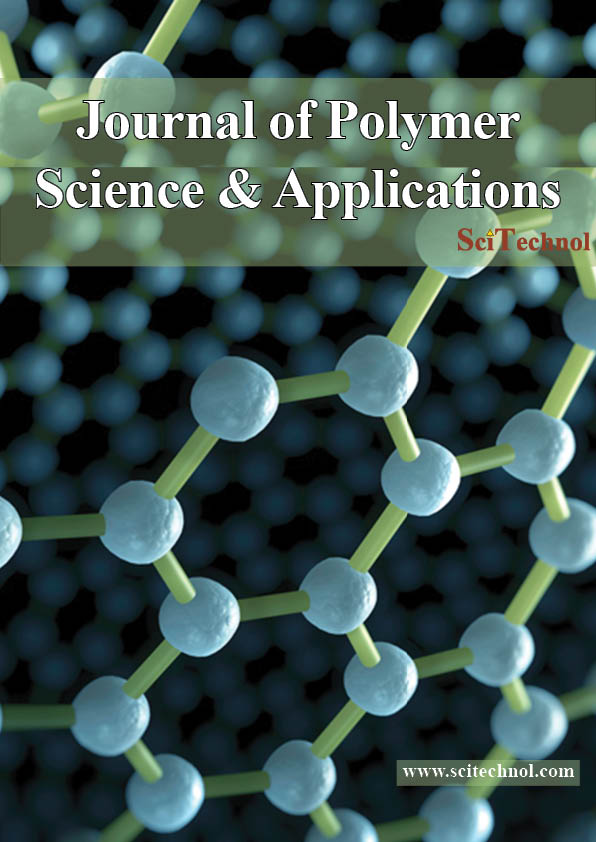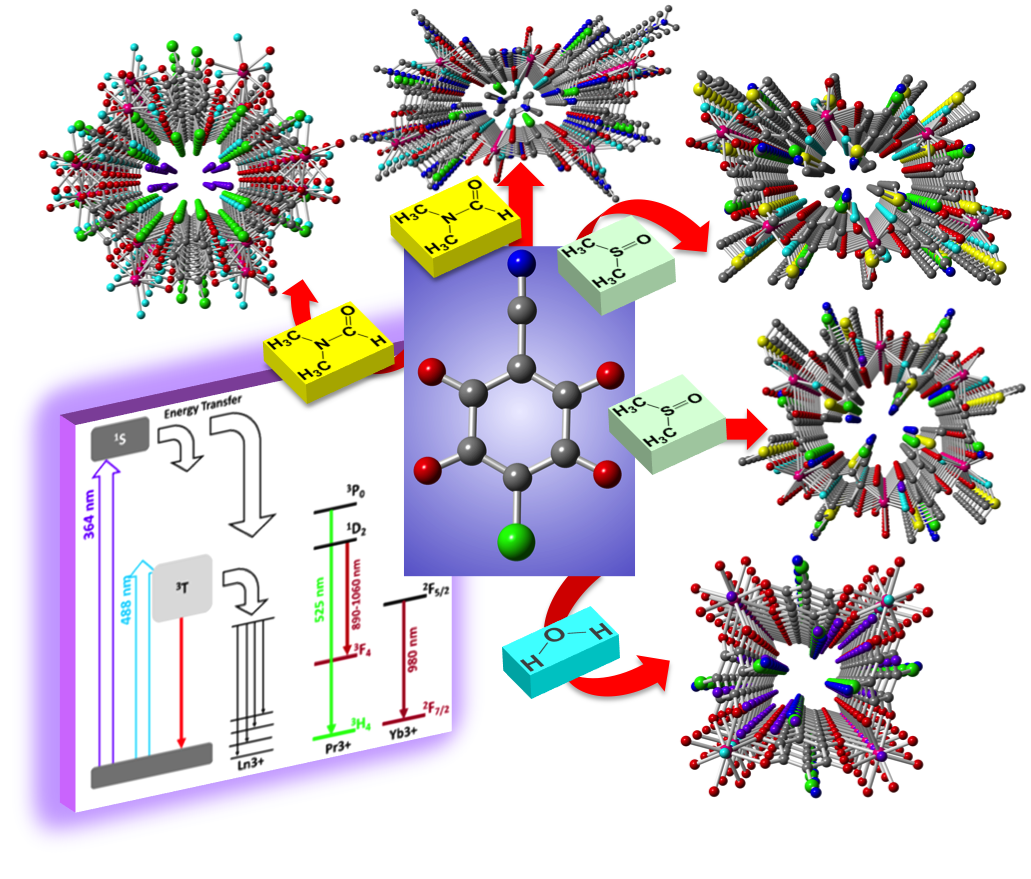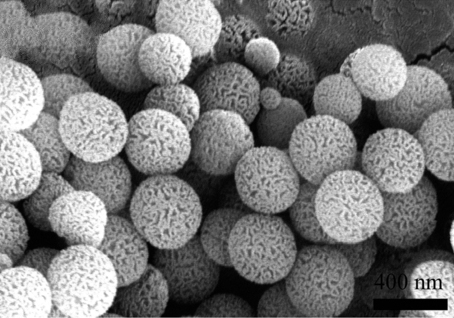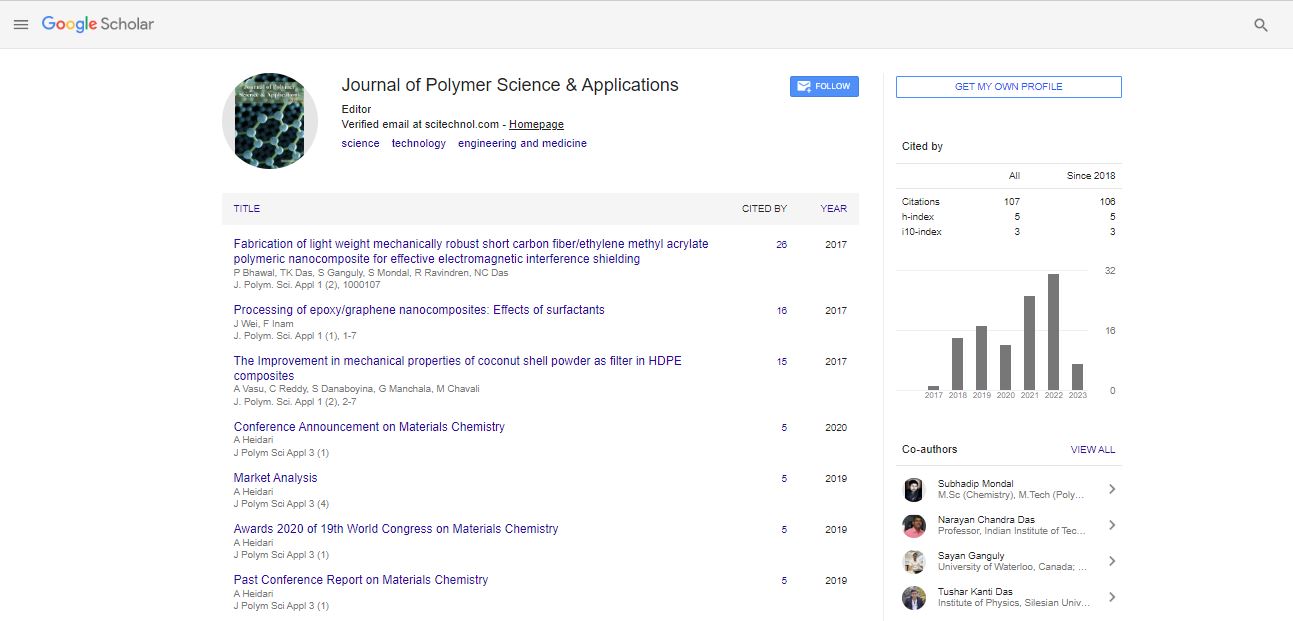About the Journal of Polymer Science & Applications

Journal of Polymer Science & Applications (JPSA) is a multidisciplinary peer-reviewed journal dedicated to delivering the recent advancements and innovations of applied polymer science in various fields of science, technology, engineering and medicine along with the socioeconomic implications of the commercial application of polymers. The journal also admits the emerging areas in the respective field in the recent times.The journal is mainly focused on polymer synthesis, methods for polymer characterization (e.g. thermal, spectroscopic, mechanical, etc.), polymer physics and properties; and their potential applications. All polymer-based materials, e.g. blends, composites and nanocomposites as well as copolymers and polymer networks, are covered by the journal scope.
Submit manuscripts at Online Submission System or an e-mail attachment to the Editorial Office at manuscript@scitechnol.com
The main polymers application areas include, but are not limited to:
- Biomedical Applications
- Regenerative Medicine
- Drug Delivery
- Bone Implants and Substitutes
- Biomedical Devices related Applications
- Bioactive Polymers
- Electronics
- Optics
- Polymers at surfaces and interfaces
- Energy conversion and storage
- Packaging
- Automobile Industry
- Biodegradable materials
- Nanoscience and nanotechnology-related applications
- Electroactive polymers and polymeric actuators
- Biomimetic polymer-based materials
Biopolymers
Biopolymers are the polymers made from biomass and are bio-degrade with the action of heat, moisture and microorganisms. Biopolymers can be made using waste starch from a crop that has been grown for food use. Contradictory to synthetic polymers, the expanded usage of biopolymers would reduce the dependence on fossil fuels and they are easily biodegradable. Biopolymer could be a protein, nucleic acid, lipid, carbohydrate or a polysaccharide, developed from living beings. DNA biopolymers play a major role in human body and ecosphere. A few types of biopolymers include Sugar based biopolymers, Starch based biopolymers, and Cellulose based biopolymers and biopolymers based on the synthetic material.
Electroactive polymers and polymeric actuators
Electroactive polymers are those which exhibit a change in shape and size when they are excited under an electric field. These polymers undergo large deformation sustaining to the force applied. These are widely used in the production of actuators and sensors. Polymeric actuators can change their shape according to the changing environmental conditions and perform mechanical work.
Friction, wear and lubrication
Friction and wear of polymers arise due to the deformation of the polymeric molecules at the surface when a force is applied. Friction and wear can be reduced by the incorporation of fibres in the material. Lubrication of polymers is acquired by the application of lubricant over the polymer, which diffuses into the polymer and results in the alteration of mechanical properties of the polymer.
Hydrogels
Hydrogels are water-swollen polymeric materials which are definite 3-D network structures obtained from synthetic and natural polymers which can absorb and retain a significant amount of water. Hydrogels are the first biomaterials developed for human use. Hydrogels are formed by the cross-linking polymer chains through physical, ionic and covalent interactions and having the ability to absorb water. Hydrogels having wide applications and used in wound dressing, drug delivery, agriculture, sanitary pads as well as transdermal systems, dental materials, implants, injectable polymeric systems, ophthalmic applications, hybrid-type organs.
Packaging
Generally, glass is used for packaging of liquid formulations but plastics are used in the current era as they are impermeable to liquids. Widely used polymers in packaging include polyethylene, polypropylene, polystyrene, polyvinyl chloride and polyvinyledene chloride. These polymers are used in the packaging of solid, semi-solid, liquid products.
Plastic Engineering
Plastic Engineering consists of processing, designing, developing, and manufacturing plastic products. Plastic is a synthetic material made from a wide range of organic polymers and they can be moulded into shape while soft and then set into a rigid or slightly elastic form. Plastics engineering encircles the design, processing, development, and manufacture of plastics products. A plastic is a polymeric material that is in a semi-liquid state, having the property of plasticity and exhibiting flow. Plastics engineering encompasses plastics material and plastic machinery. The field of plastics engineering involves the application of scientific and engineering principles to the development of a wide variety of polymer products.
Polymer Biomedical Applications
Polymers are one of the largest classes of biomaterials with tremendous biomedical applications. The biomedical applications of polymers include the development of prosthetic materials, implants, dressings, dental materials and other disposable supplies. Polymers are also used in the formulation of controlled release drugs, manufacturing of contact and intraocular lenses, etc.
Polymerization
Polymers are formed through chemical reactions known as polymerizations. A majority of polymers are produced through two basic reaction types. The first type of polymerization reaction is known as a condensation polymerization or step-growth polymerizations. The second type of reaction is known as chain-growth or Addition polymerization. In Condensation polymerizations, when two monomers react to yield a repeat unit and a smaller molecule such as water. An example: Polymerization of nylon from monomers with carboxylic acids and basic amines. This reaction shows a chain of linkage between each monomer and produces H2O as a by-product. It is also used in clothing to produce nylon fibres for clothing. Addition polymerization occurs when a monomer forms a highly reactive free radical, or molecule with an unpaired electron. The free radical reacts quickly with another monomer and causes a repeat unit with another free radical. A rapid chain reaction continues the polymer chain and the polymerization to grow longer. One example of a polymer made through a chain-growth polymerization is polystyrene and it is used in disposable drinking cups. Chain growth polymerization divided into cationic addition polymerization and anionic addition polymerization. A special case of chain-growth polymerization leads to living polymerization. Most of the photopolymerization reactions and Ring open polymerization are chain-growth polymerizations reactions. Other polymerization reactions include emulsion polymerization, Dispersion, suspension and Plasma polymerization etc. Copolymerization is a process in which a mixture of more than one or different monomeric species are allowed to polymerise and form a copolymer. The copolymer is defined as a polymer obtained by linking two or more different types of monomers in the same chain. Copolymers are classified into Alternating copolymers, Random copolymers, Graft copolymers and Block copolymers. Nylon 66 is a copolymer of hexamethylenediamine and adipic acid.
Polymer Nanotechnology
Polymer Nanotechnology is the study and application of nanotechnology to polymer-nanoparticle matrices. Polymer Nanocomposites (PNC) consists of a polymer or copolymer having nanoparticles dispersed in the polymer matrix. Polymer nanotechnology has wide applications in various fields like Biotechnology, Biomedical products, Drug delivery and pharmaceuticals. Polymeric nanoparticles are used in waterborne paints, adhesives, coatings, pressure sensitive adhesives, Medical diagnostics and Redispersiblelatices.
Fast Editorial Execution and Review Process (FEE-Review Process):
Journal of Polymer Science & Applications is participating in the Fast Editorial Execution and Review Process (FEE-Review Process) with an additional prepayment of $99 apart from the regular article processing fee. Fast Editorial Execution and Review Process is a special service for the article that enables it to get a faster response in the pre-review stage from the handling editor as well as a review from the reviewer. An author can get a faster response of pre-review maximum in 3 days since submission, and a review process by the reviewer maximum in 5 days, followed by revision/publication in 2 days. If the article gets notified for revision by the handling editor, then it will take another 5 days for external review by the previous reviewer or alternative reviewer.
Acceptance of manuscripts is driven entirely by handling editorial team considerations and independent peer-review, ensuring the highest standards are maintained no matter the route to regular peer-reviewed publication or a fast editorial review process. The handling editor and the article contributor are responsible for adhering to scientific standards. The article FEE-Review process of $99 will not be refunded even if the article is rejected or withdrawn for publication.
The corresponding author or institution/organization is responsible for making the manuscript FEE-Review Process payment. The additional FEE-Review Process payment covers the fast review processing and quick editorial decisions, and regular article publication covers the preparation in various formats for online publication, securing full-text inclusion in a number of permanent archives like HTML, XML, and PDF, and feeding to different indexing agencies.
 Spanish
Spanish  Chinese
Chinese  Russian
Russian  German
German  French
French  Japanese
Japanese  Portuguese
Portuguese  Hindi
Hindi 




